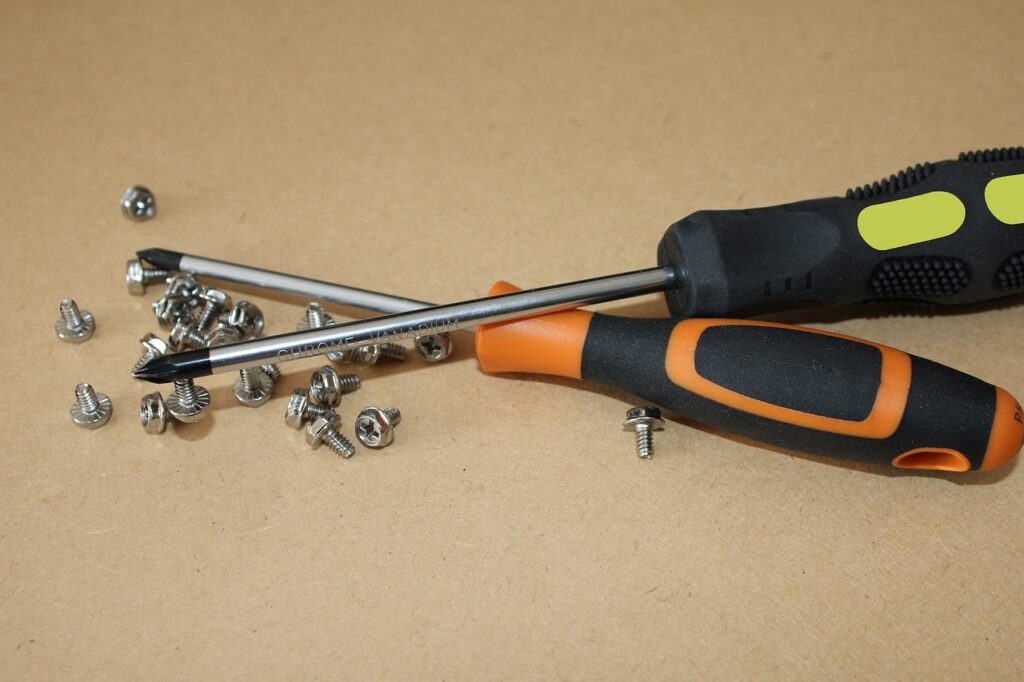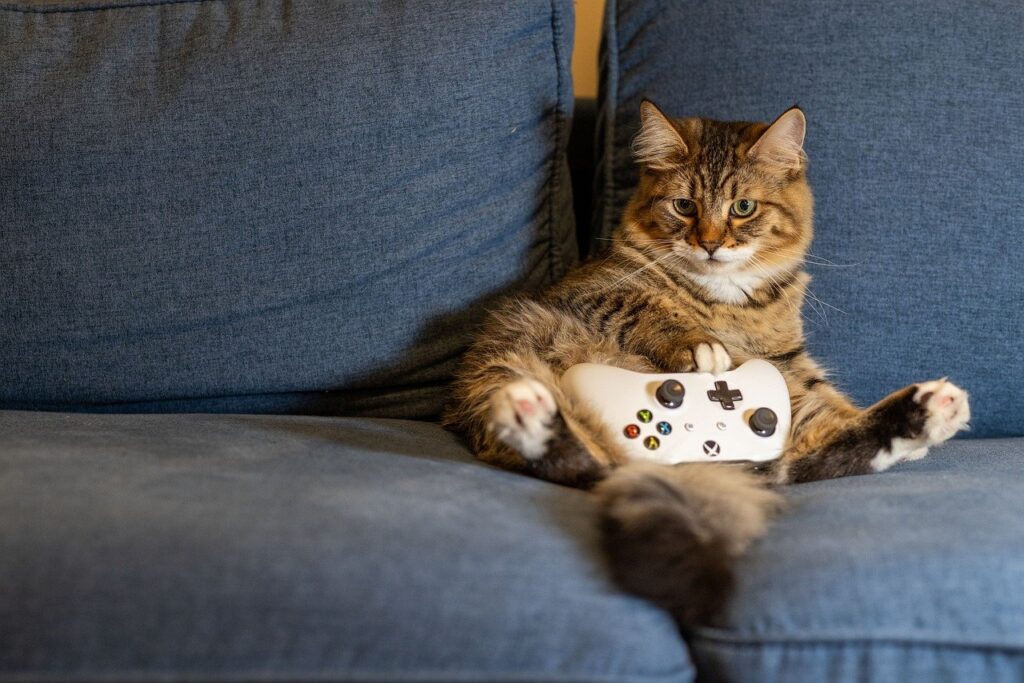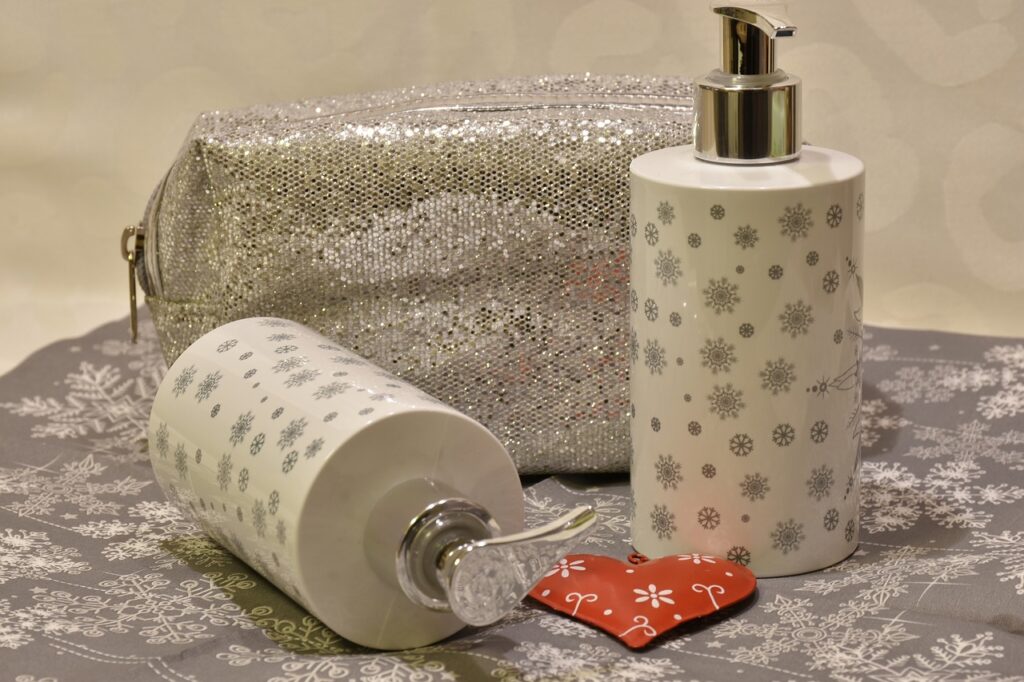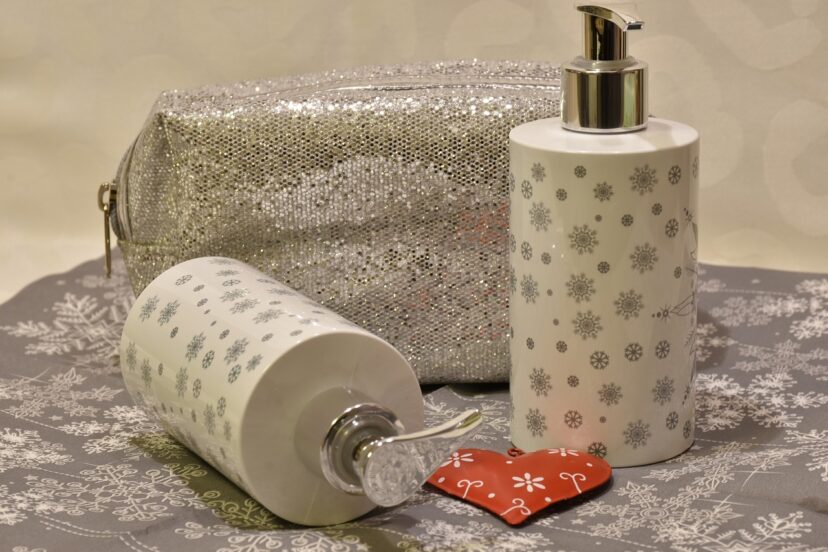How Do I Care For And Maintain My Gaming Equipment?
Taking care of your gaming equipment is crucial for ensuring optimal performance and longevity. From gaming consoles to controllers and keyboards, these devices need regular maintenance to keep them in top shape. In this article, we will explore some essential tips and tricks to help you care for and maintain your gaming equipment effectively. So, get ready to level up your gaming experience by taking good care of your beloved gear!

Cleaning Game Consoles
Keeping game consoles clean is essential for optimal performance and longevity. Over time, dust and debris can accumulate, causing overheating and potential damage. To remove this buildup, it is important to regularly clean game consoles.
Removing dust and debris
The first step in cleaning game consoles is to remove any dust and debris that may have accumulated on the surface. Gently wipe the console with a dry, lint-free cloth to eliminate any loose particles. Be sure to pay attention to the vents and crevices where dust is likely to accumulate.
Using compressed air
For a more thorough cleaning, using compressed air can be highly effective. With the console turned off, carefully use a can of compressed air to blow away dust from hard-to-reach areas. Be cautious not to shake the can or tilt it too much, as this may release moisture that could damage the console.
Cleaning with a soft cloth
To remove smudges or fingerprints, dampen a soft cloth with water and gently wipe the surface of the console. Avoid using harsh cleaning solutions or solvents, as these can cause discoloration or damage to the console’s finish.
Avoiding liquid cleaners
It is crucial to avoid using liquid cleaners or spraying cleaning agents directly onto the console. These substances can seep into the console and damage the internal components. Stick to gentle cleaning methods and always consult the manufacturer’s guidelines for specific cleaning instructions.
Cleaning Game Controllers
Game controllers are undoubtedly one of the most frequently used gaming equipment. Regularly cleaning and maintaining them will not only ensure better gameplay but also extend their lifespan.
Removing dirt and grime
To remove dirt and grime from game controllers, start by disconnecting them from the console. Gently wipe the surface using a dry, lint-free cloth to remove any loose particles. Pay close attention to areas where sweat or oils from hands may have accumulated.
How Do I Care For And Maintain My Gaming Equipment?
Using a cotton swab and rubbing alcohol
For stubborn stains or sticky residue, dip a cotton swab into rubbing alcohol and gently rub the affected areas. Avoid applying excessive pressure to ensure you do not damage the controller’s buttons or triggers. Once the residue is removed, use a dry cloth to wipe away any excess moisture.
Cleaning buttons and triggers
To clean the buttons and triggers of game controllers, use a slightly damp cloth or a cotton swab dipped in rubbing alcohol. Gently wipe around each button and trigger, taking care to remove any grime or dirt that may have accumulated. Be sure not to let any liquid spill into the gaps between buttons.
Avoiding excessive liquid cleaners
As with game consoles, it is important to avoid using excessive liquid cleaners or spraying cleaning solutions directly onto the controllers. Moisture can seep into the crevices and damage the internal components. Stick to gentle cleaning methods and always consult the manufacturer’s guidelines for specific cleaning instructions.

Cleaning Gaming Accessories
Gaming accessories, such as keyboards, mice, mouse pads, gaming headsets, and VR headsets, are frequently used and can accumulate dust, dirt, and sweat. Regular cleaning will help maintain their functionality and keep them in optimal condition.
Wiping down keyboards and mice
To clean keyboards and mice, unplug them from the gaming setup and remove any visible debris using a can of compressed air. Next, dampen a soft cloth with a mixture of mild soap and water. Gently wipe the surface of the keyboard and mouse, paying attention to the keys and buttons. Avoid using excessive moisture and ensure the cloth is only slightly damp to avoid damage.
Cleaning mouse pads
Mouse pads can accumulate dust, dirt, and oils over time. To clean them, first, shake off any loose particles. Then, use a cloth dampened with mild soap and water to gently scrub the surface. Rinse the mouse pad thoroughly and allow it to air dry before using it again.
Cleaning gaming headsets
Gaming headsets can harbor sweat, oils, and debris, making it crucial to clean them regularly. Start by detaching any removable parts, such as ear cups or microphone covers, according to the manufacturer’s instructions. Use a mild soap and water solution to gently clean the removable parts and wipe the headband and frame with a soft cloth. Allow the components to air dry completely before reattaching them.
Cleaning VR headsets
Virtual reality headsets are intricate devices that require careful cleaning. Generally, it is recommended to use a microfiber cloth to remove dust and fingerprints from the lenses. Avoid using any cleaning agents or liquids on the lenses, as these can damage the protective coatings. Always refer to the manufacturer’s guidelines for specific cleaning instructions.
Preventing Overheating
Overheating can be a significant issue for gaming equipment, such as consoles and PCs. To prevent overheating and ensure optimal performance, it is important to take proactive measures.
Proper ventilation and airflow
Ensure that gaming consoles and PCs have proper ventilation and airflow by keeping them in well-ventilated areas. Avoid placing consoles or PCs in enclosed spaces or near heat sources, as this can restrict airflow and lead to overheating.
Using cooling pads and stands
Cooling pads and stands can be helpful in dissipating heat and maintaining a cooler operating temperature for gaming laptops and consoles. These accessories are designed to improve airflow and keep the equipment cool during extended gaming sessions.
Keeping consoles and PCs clean
Regularly clean and remove dust from the vents and fans of consoles and PCs. Dust buildup can impede airflow and lead to overheating. Use a can of compressed air or a soft brush to gently remove any accumulated dust, ensuring the equipment stays dust-free.
Avoiding long gaming sessions
While gaming is an enjoyable activity, excessively long gaming sessions can put a strain on gaming equipment and increase the risk of overheating. Take breaks between gaming sessions to allow the equipment to cool down and prevent overheating issues.

Protecting from Power Surges
Power surges can occur due to lightning strikes or unstable electrical outlets. Protecting gaming equipment from power surges is essential to prevent damage and ensure continued functionality.
Using surge protectors
Utilize surge protectors to safeguard gaming equipment from power surges. Surge protectors are designed to absorb excess voltage and prevent it from reaching connected devices. Be sure to choose surge protectors with sufficient joule ratings for optimal protection.
Unplugging during thunderstorms
During thunderstorms or instances of severe weather, it is best to unplug gaming equipment and other electronics from the wall outlets. Lightning strikes can cause power surges that may damage the equipment, even if surge protectors are in use.
Avoiding power fluctuations
Fluctuations in voltage can also cause damage to gaming equipment. Avoid plugging devices into outlets that are known to have unstable power or voltage fluctuations. If necessary, consult an electrician to address any electrical issues in the home.
Using voltage stabilizers
In regions where power fluctuations are common, using voltage stabilizers can provide additional protection for gaming equipment. Voltage stabilizers regulate the incoming voltage, ensuring that the equipment receives a steady and safe power supply.
Storing Gaming Equipment
Proper storage of gaming equipment is vital to protect it from damage and ensure it remains in good condition when not in use.
Using dust covers and cases
Invest in dust covers or cases to protect gaming consoles, controllers, and accessories from dust, debris, and potential scratches. These covers can help maintain the external appearance and prevent the buildup of dust.
Keeping away from direct sunlight
Direct exposure to sunlight can cause discoloration and damage to gaming equipment. When storing or placing equipment, ensure it is kept away from windows or areas with direct sunlight. This will help preserve the integrity of the equipment’s appearance.
Avoiding extreme temperatures
Extreme temperatures, both hot and cold, can negatively impact gaming equipment. Avoid storing gaming equipment in areas prone to extreme temperature fluctuations, such as garages or attics. Instead, opt for storing them in a cool, dry, and temperature-controlled environment.
Organizing cables and accessories
Keeping cables and accessories organized not only ensures easy access but also prevents damage. Use cable management solutions, such as cable ties or organizers, to keep cables neatly bundled and prevent any entanglement or accidental damage.
Transporting Gaming Equipment
When transporting gaming equipment, whether to a friend’s house or a gaming tournament, it is essential to take precautions to prevent damage.
Using protective bags or cases
Invest in protective bags or cases specifically designed for gaming equipment transportation. These bags and cases often have padded compartments and straps to securely hold the equipment and protect it from bumps or impact during transit.
Wrapping cables properly
Before placing gaming equipment in bags or cases, it is crucial to wrap cables properly. This prevents them from tangling or getting damaged during transportation. Use velcro straps or cable ties to secure cables neatly and keep them organized.
Avoiding rough handling
Handle gaming equipment with care when transporting it. Avoid shaking or dropping it, as this can cause internal damage or result in broken components. Treat the equipment with the same care and gentle touch as when using it at home.
Securing equipment in a vehicle
If transporting gaming equipment in a vehicle, ensure that it is properly secured to prevent movement or sliding during transit. Use seat belts, padding, or other means of securing equipment to keep it stable and minimize the risk of damage caused by sudden stops or turns.
Updating Firmware and Software
Regularly updating the firmware and software of gaming equipment is crucial to ensure optimal performance and take advantage of new features or bug fixes.
Regularly checking for updates
Stay up to date with the latest firmware and software updates by regularly checking the manufacturer’s website or official platforms. Manufacturers often release updates to improve performance, fix bugs, or introduce new features.
Following manufacturer instructions
When updating firmware or software, it is important to follow the manufacturer’s instructions precisely. Improperly updating can lead to malfunctions or even render the equipment inoperable. Take the time to read through the instructions thoroughly and proceed accordingly.
Using official websites or platforms
To ensure the safety and authenticity of updates, download firmware and software updates only from the manufacturer’s official website or authorized platforms. This minimizes the risk of downloading malware or unauthorized software that could compromise the equipment’s security or performance.
Backing up data before updates
Before performing any updates, it is wise to back up any important data or settings associated with the gaming equipment. This can help prevent data loss in case the update process encounters any issues or if a rollback becomes necessary.
Replacing Worn-out Parts
Over time, certain parts of gaming equipment may wear out or become damaged. Knowing when to replace these parts is essential to maintain optimal performance.
Identifying worn-out parts
Pay attention to any changes in the performance or functionality of gaming equipment. Signs of worn-out parts may include unresponsive buttons, sticking triggers, or deteriorating audio quality. If any components exhibit significant wear or damage, consider replacing them.
Ordering replacements from official sources
To ensure compatibility and quality, order replacement parts from official sources or authorized retailers. This helps guarantee that the parts are genuine and specifically designed for the gaming equipment in question.
Following manufacturer guides
When replacing parts, carefully follow the manufacturer’s guides or instructional videos. Incorrectly installing components may lead to further damage or render the equipment inoperable. Take the time to understand the replacement process and proceed with caution.
Seeking professional help if needed
If unsure about replacing parts or if the equipment is still under warranty, it may be best to seek professional help. Contact the manufacturer’s customer support or consult a certified technician who specializes in gaming equipment repairs. They can provide guidance and ensure the replacement is done correctly.
Troubleshooting Common Issues
Even with proper care and maintenance, gaming equipment can sometimes encounter issues. It is helpful to know some basic troubleshooting steps to address common problems.
Restarting consoles or PCs
When experiencing glitches or unresponsive behavior, a simple restart can often resolve the issue. Power off the console or PC, wait a few seconds, and then power it back on. This process can reset temporary system errors or software conflicts.
Checking connections and cables
Ensure all cables and connections are securely plugged in. Loose or unplugged cables can cause display or connectivity issues. Verify that cables are firmly connected to the appropriate ports and that there are no visible signs of damage.
Updating drivers and software
Outdated drivers or software can cause compatibility issues and impact performance. Check for driver updates on the manufacturer’s website or use dedicated software to keep the drivers up to date. Additionally, ensure that the gaming software or applications are updated to their latest version to avoid any software-related issues.
Resetting game settings or profiles
If experiencing gameplay issues or abnormal behavior within games, consider resetting the in-game settings or profiles. This can often resolve conflicts or glitches within the game itself. Be sure to back up any important settings or profiles before resetting to avoid losing personalized configurations.
By following these comprehensive guidelines for caring and maintaining gaming equipment, users can enjoy prolonged performance, enhanced gameplay experiences, and a prolonged lifespan for their beloved gaming companions. Remember to prioritize regular cleaning, prevent overheating, protect from power surges, store and transport equipment safely, update firmware and software, replace worn-out parts when necessary, and troubleshoot common issues to keep gaming equipment in optimal condition. With proper care, gaming equipment can continue to provide endless hours of enjoyment for gamers of all levels.




